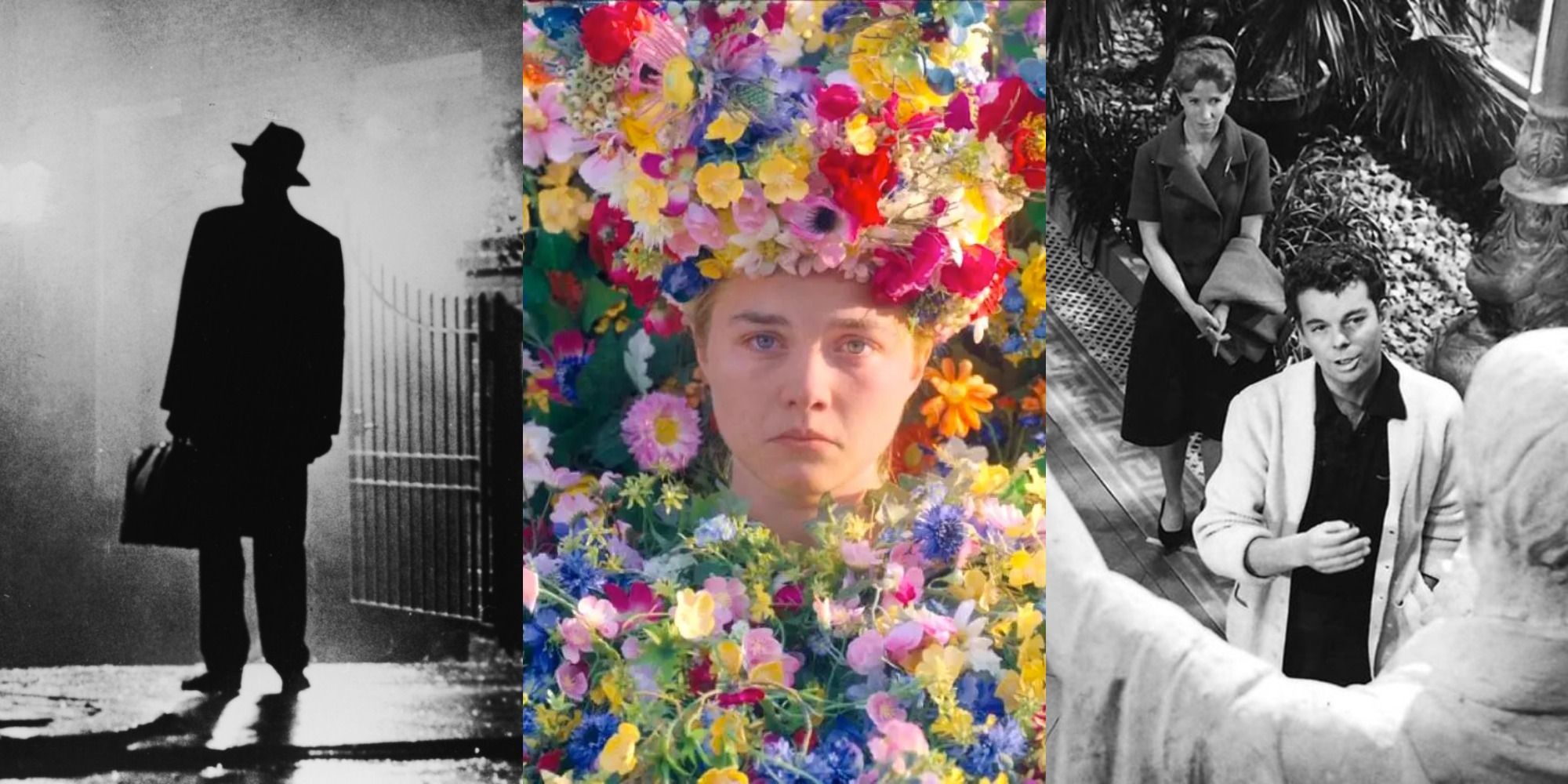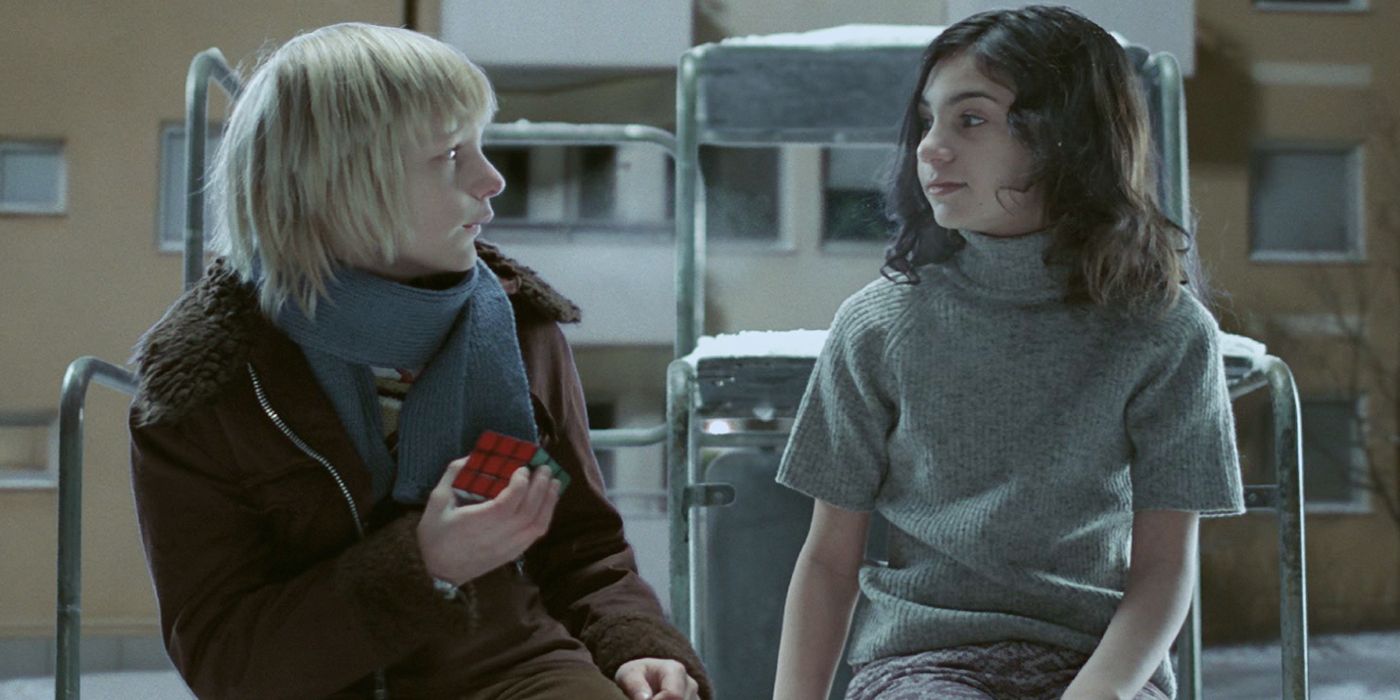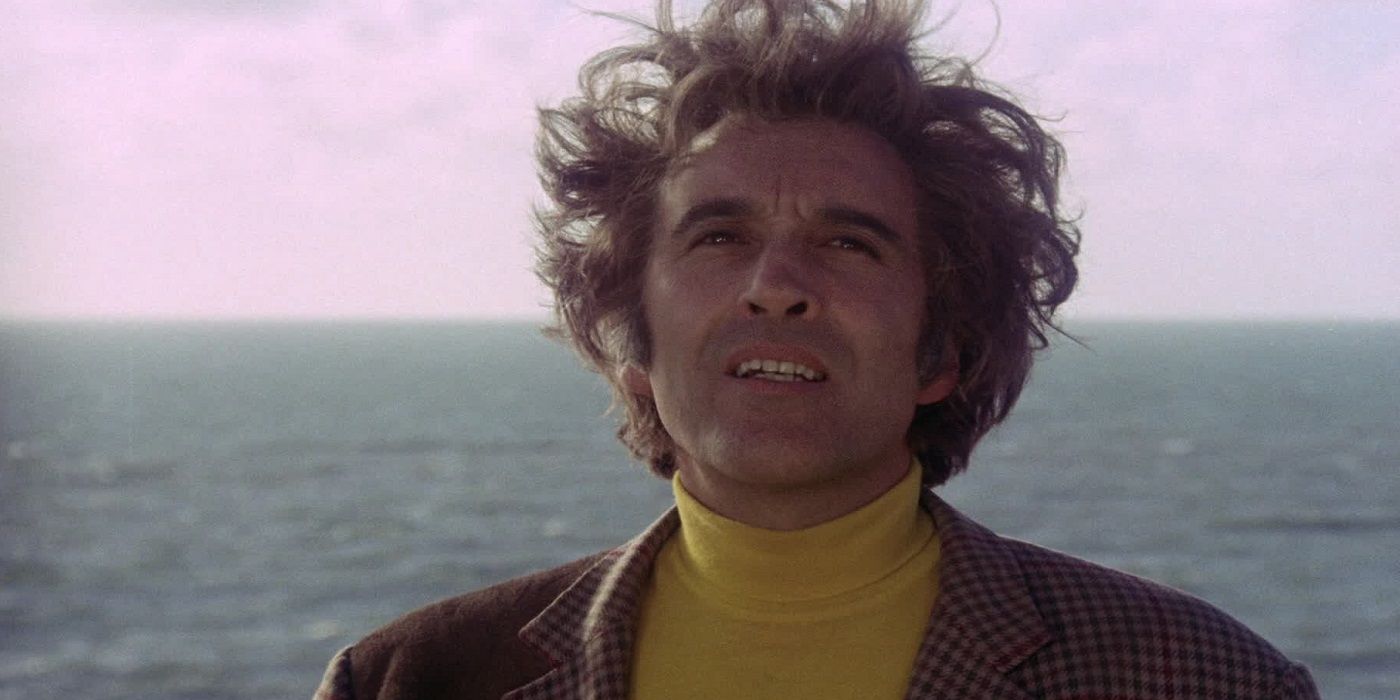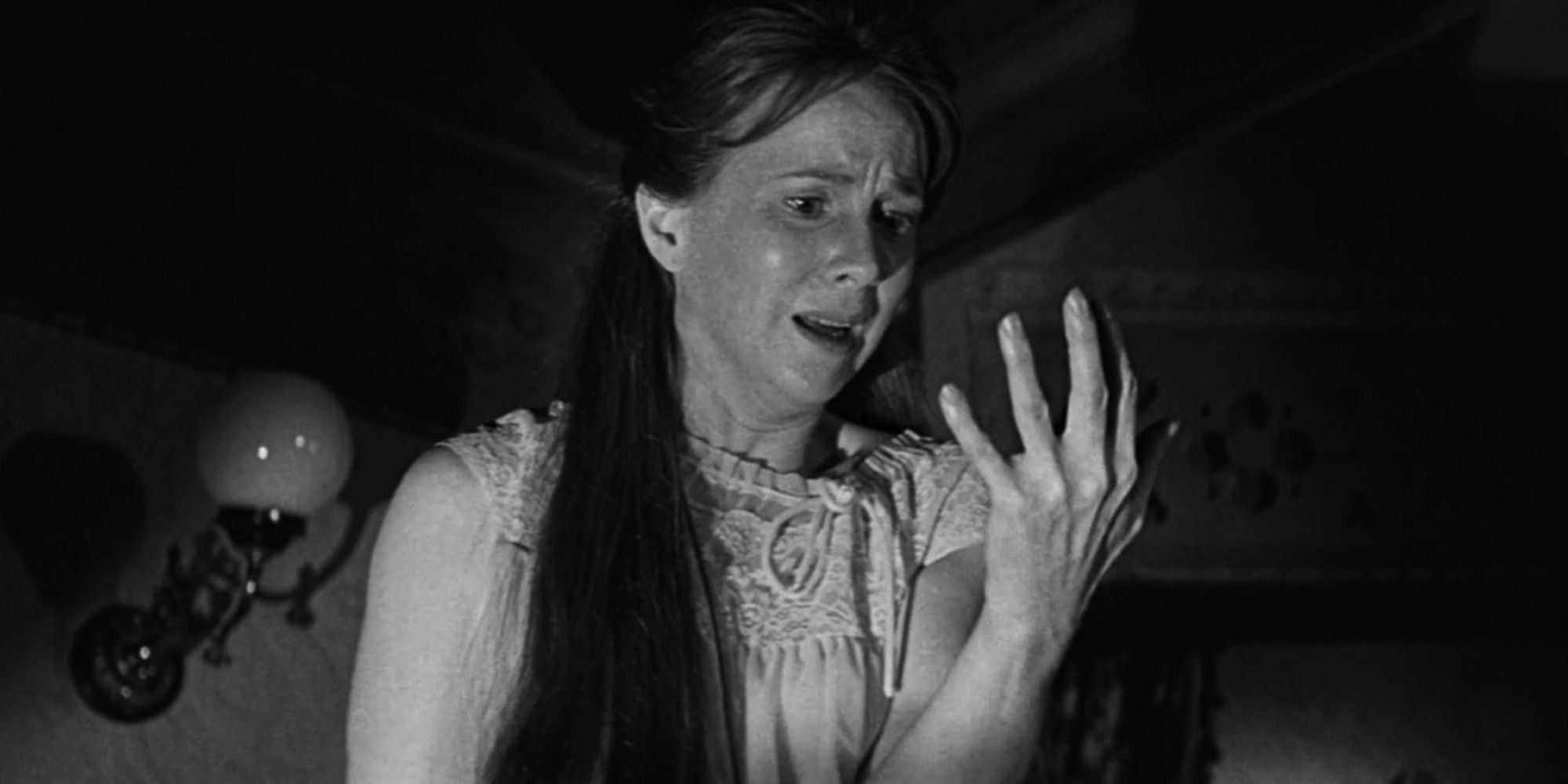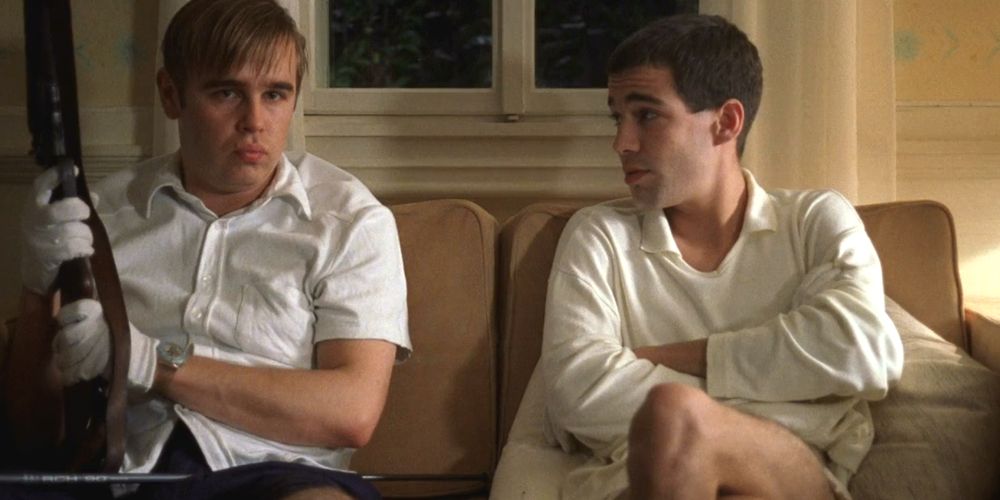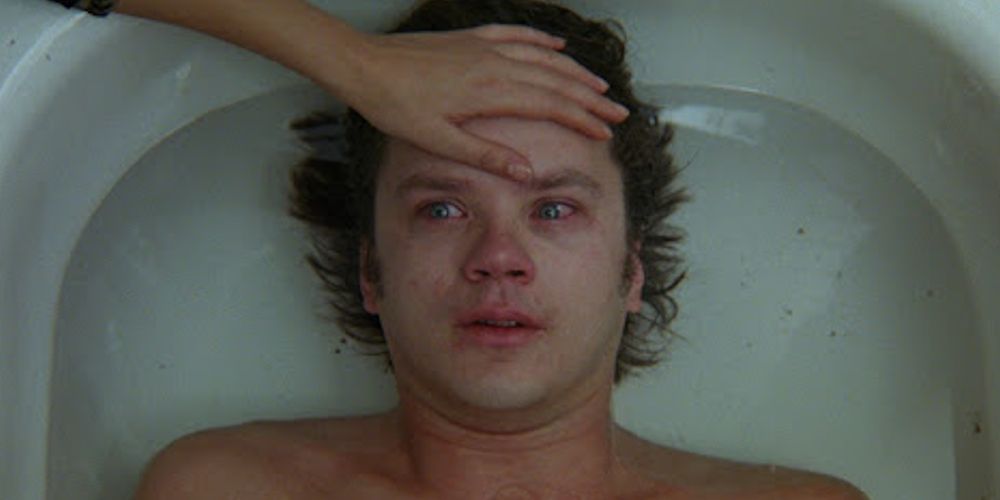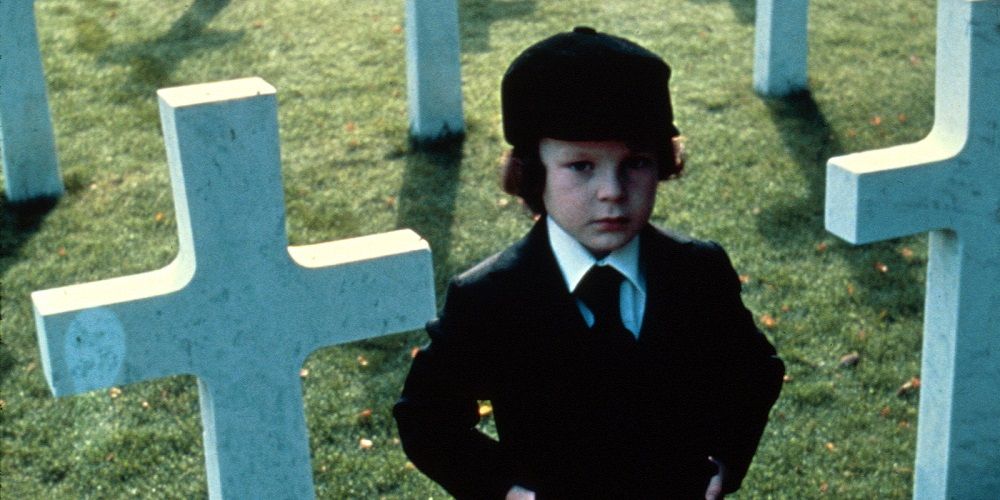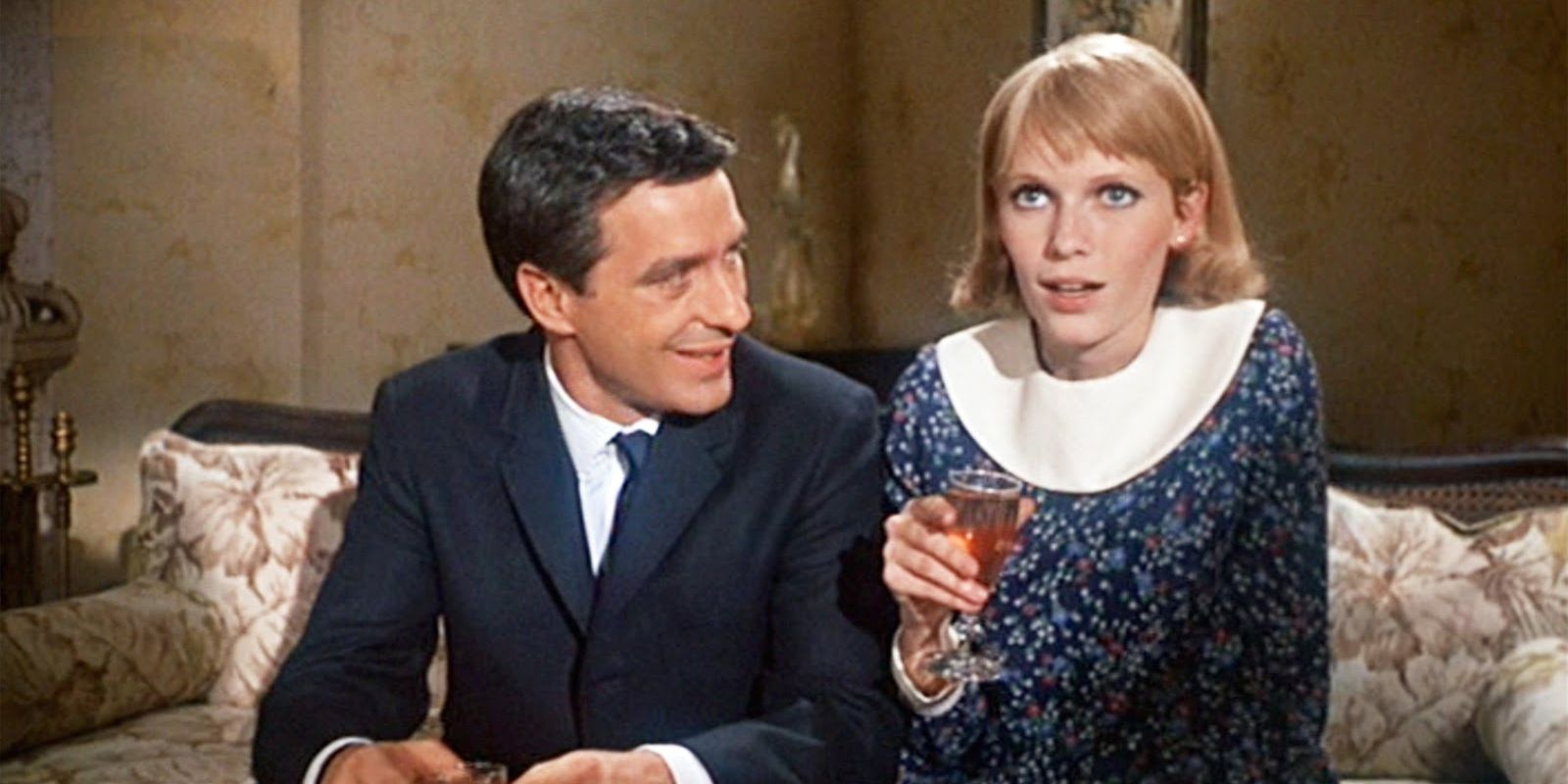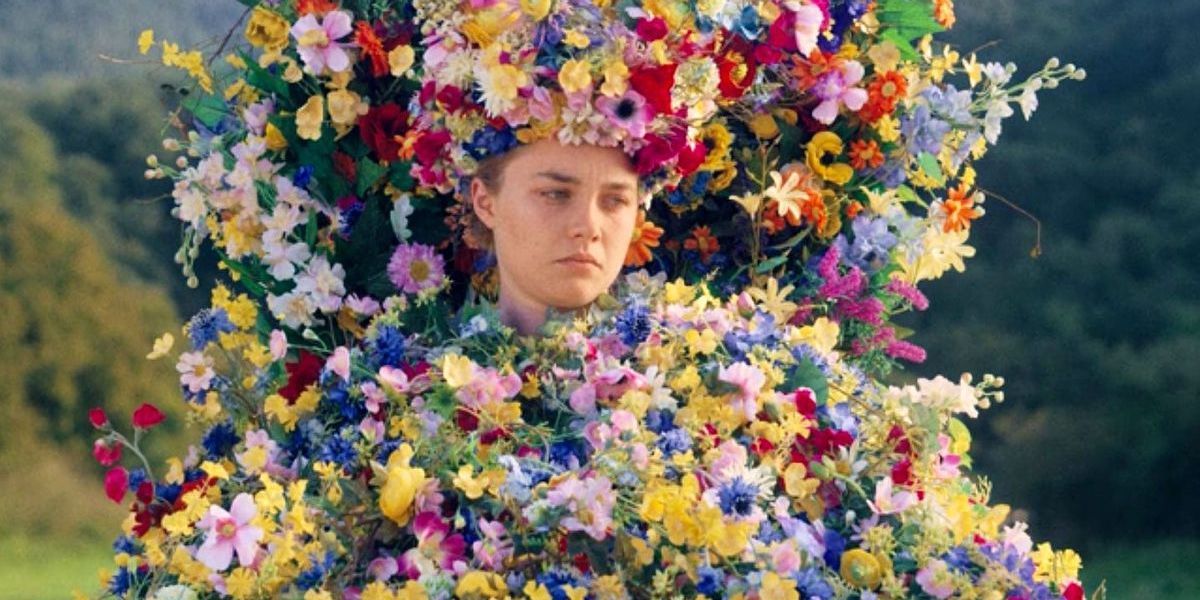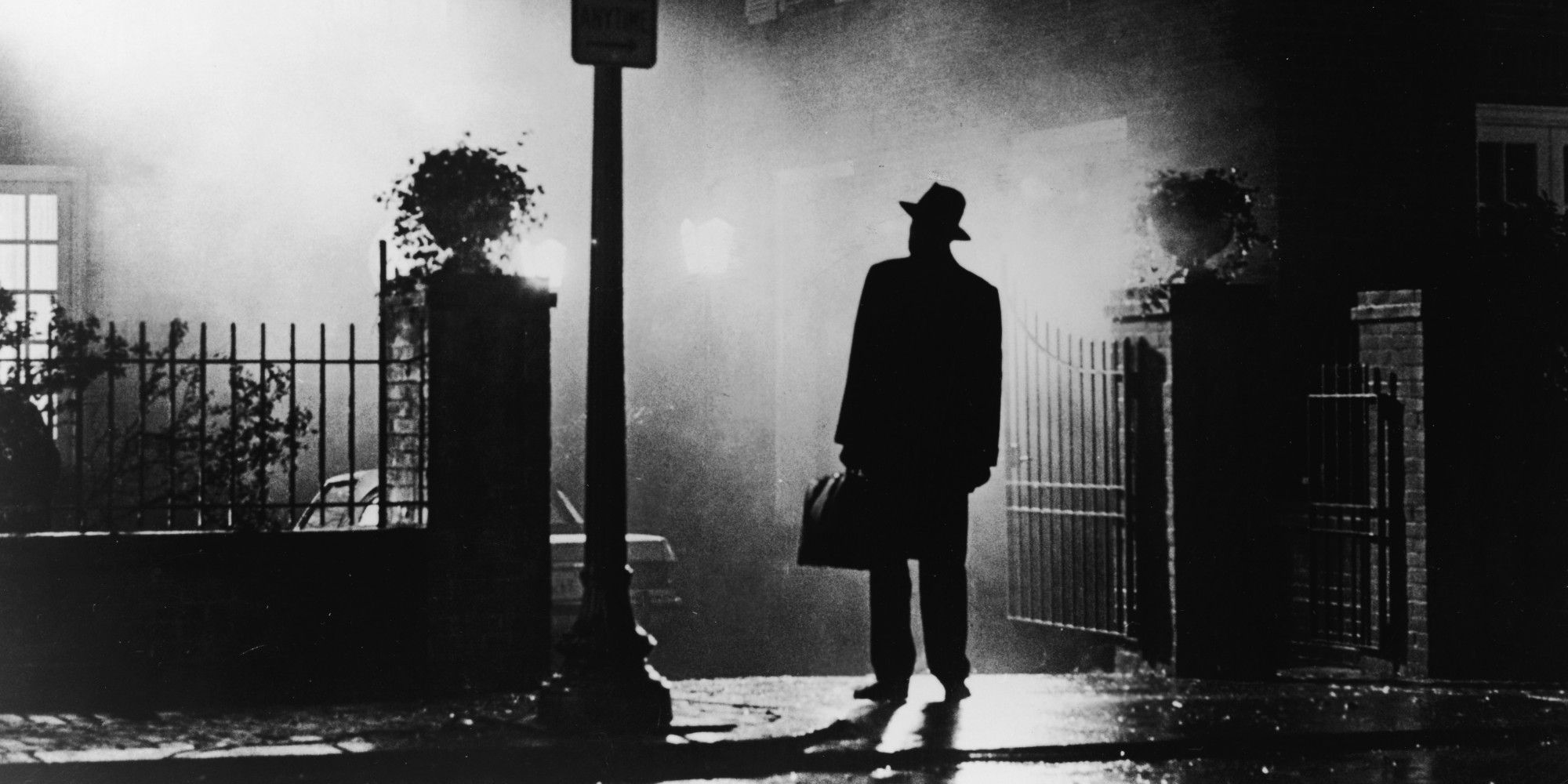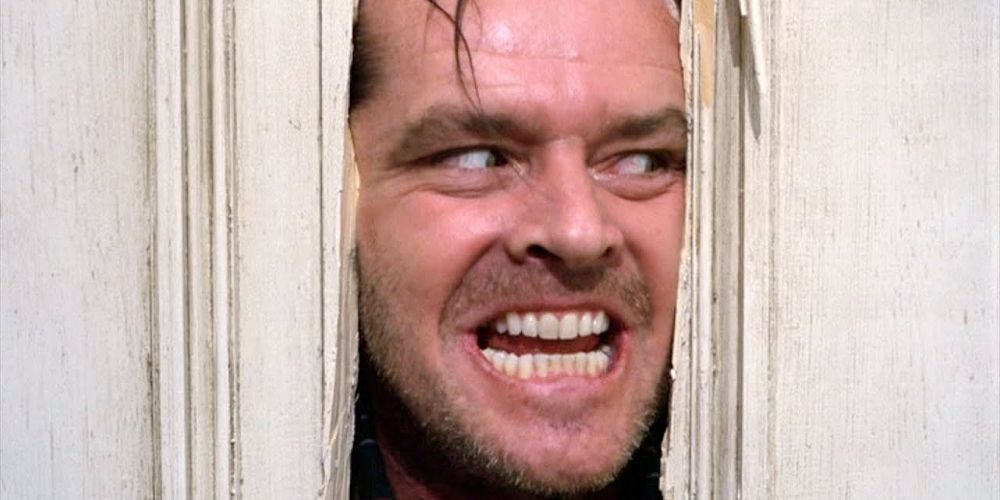2022 has seen a strong re-emergence of the horror genre. There have been plenty of great horror films so far this year, including reboots of classic franchises like Texas Chainsaw Massacre. Still to come are the third offerings from acclaimed directors Jordan Peele and Ari Aster, who are set to delight horror fans with the upcoming releases of Nope and Disappointment Boulevard.
Some of the most ambitious and enjoyable modern horror movies don't rely so heavily on jump scares or heavy-handed gore, but focus on a more layered, slow-building terror. Slow burn horror movies slowly crawl into the audience's mind, generating tension and the expectation of a terror that isn't fully revealed yet. While waiting for Pelee and Aster's new flicks, these ten slow-burn horror films, ranked by fans on Ranker can fill the need for an excellent horror movie.
Note: Ranker lists are live and continue to accrue votes, so some rankings may have changed after this publishing.
Let the Right One In (2008)
This Swedish romantic horror film, based on the 2004 novel of the same name by John Ajvide Lindqvist, follows the friendship of an anxious and bullied boy with a strange and eerie girl who helps him get rid of his hardships.
Let the Right One In intertwines the adolescent friendship of the kids in an atmospheric story which slowly disturbs the viewer, while never breaking the tender friendship storyline. This nordic readaptation of the vampire genre explores the dark nature of humanity through the relationship of two seemingly innocent kids, which unsettles the audience in an innovatively dark way.
The Wicker Man (1973)
This folk horror tale follows a Christian detective in his search for a missing girl. In his search, he visits a small Scottish island, where he is met with the strange practices of a pagan tribe.
A quite literal slow-burn horror film, The Wicker Man entices the audience into a sinful mythical world where known reality dissipates, leaving space for a paranoid quest for truth. The slow burn of the horror flames into one of the most memorable endings of the genre. Widely referenced in popular culture, the shadow of the wicker man can be seen rising up again in the Burning Man festival or in Iron Maiden's repertoire.
The Haunting (1963)
A pioneer in taking the viewer through the unnatural and unknown, The Haunting follows an anthropologist and his peculiarly skilled team through his research of Hill House, a dismal mansion with a supernatural presence.
A veiled gem of classic horror cinema, The Haunting inserts itself into the psyche of the audience through the slow growth of a ghost that never entirely reveals itself. With a visionary sound design, a masterful artistic setup and location, and numerous camera tricks, the film shows that now-outdated resources don't limit the capacity to create a dark and creepy story that ultimately gives life to the dark corners of one of the scariest horror movie houses.
Funny Games (2007)
Austrian director Michael Haneke's shot-for-shot English remake of his own 1997 psychological horror film, Funny Games, follows a middle-class family who sees their home invaded by two young men, who play a brutal game of cat and mouse that forces the family into a merciless torment.
Both educated and apparently pleasant invaders slowly reveal their sanguinary ways and entertain themselves with the fear and vulnerability of the parents, played by Naomi Watts and Tim Roth, and their son. This unnerving, not-so-entertaining game, was meant by the director as a reflection on the violence commonly seen in the media.
Jacob's Ladder (1990)
In his return from Vietnam, veteran Jacob Singer, played by Tim Robbins, sees his illusion of reality fall apart and struggles to keep his sanity. People close to him fail to help him, as he enters a slow descent into a hallucinogenic nightmare.
Reminiscent of a conflict that was itself a slow-burn horror, Jacob's Ladder is filled with symbolic imagery. Impressive editing and camera work seem to oppress Jacob deeper into his madness, and his ultimate climb or descent of the ladder takes the audience along for the bad trip.
The Omen (1976)
Also filled with religious symbols, this supernatural horror film follows a diplomat and her pregnant wife. When the boy dies after birth, the father adopts a baby whose own mother died in childbirth, without telling his wife that the baby is not their own.
Intensely disturbing because of its theme, The Omen then advances five years, when things start to go wrong around the child. The parents lose hope as the nature of the kid surfaces, and the slow collapse of their lives finally crashes them into a satanic horror in the unexpected form of their own child.
Rosemary's Baby (1968)
The psychological horror film Rosemary's Baby puts a pregnant woman and her oblivious husband at the mercy of their odd neighbors, who eventually reveal their true plans.
Taking intimate and powerful subjects such as pregnancy and isolation and putting them in the path of the occult and diabolical resulted in a raw horror that grows steadily as the film advances. To this day the lonely fall of Rosemary into an unspeakable horror that resides inside her is one of the most terrifying cinematic experiences of all time.
Midsommar (2019)
The second film from horror prodigy Ari Aster, Midsommar follows Florence Pugh's Dani, who grieves from a family tragedy, as she, her boyfriend Christian, and his friends, journey into the festivities of Swedish midsummer celebrations.
Starting as a vacation to leave their problems for a while, the trip soon starts to unravel as the group is inducted into the violent and bizarre traditions of a pagan cult. Aster plays with the contrast of the colorful, sunny environment with the fragile and deteriorating inner state of the characters, who see themselves trapped in nauseating folk rituals and slowly burn into a horrifying grand finale.
The Exorcist (1973)
Taking twice the time and cost than the ones of the initial budget, the production of The Exorcist was as haunted as its story, which follows the efforts of a priest to help with the demonic possession of a 12-year-old girl.
One of the most famous works of the horror genre, The Exorcist captures the audience in a grotesque and thrilling atmosphere where the Catholic priest struggles to fight his unholy enemy. The Exorcist still holds up today, cementing itself as a creepy exploration of evil that scares by only hearing the movie's name.
The Shining (1980)
This psychological horror film by Stanley Kubrick features Jack Nicholson in his notable role as an author suffering from writer's block who isolates himself and his family in an empty hotel.
Also regarded as a staple of the horror genre and inspiring many subsequent movies, The Shining slowly spirals down into a maniac and paranoid breakdown of the protagonist and his family's psyche. Submerging into the isolated insanity of the hotel, which torments the family with supernatural horrors, The Shining is the ultimate horror film that slowly burns into an impactful crescendo.

